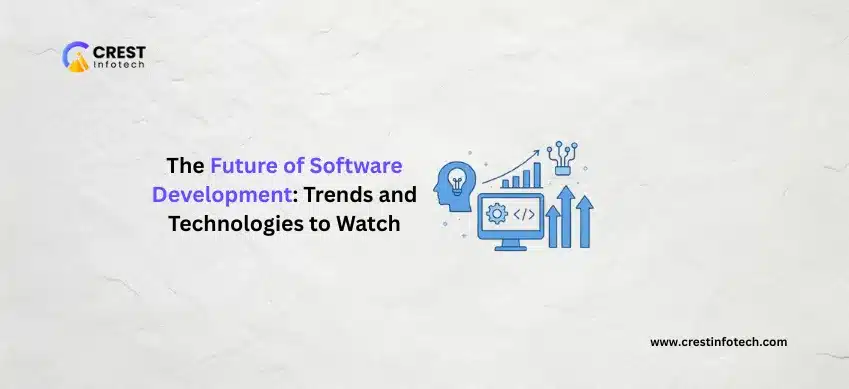Software development is evolving faster than ever, driven by emerging technologies, new methodologies, and shifting business needs. Staying ahead of the curve means understanding what’s shaping the future — and how to adapt.
1. AI-Driven Development
Artificial intelligence is changing how software is built, tested, and deployed.
- AI-powered code assistants like GitHub Copilot and ChatGPT increase productivity
- Machine learning is embedded in more applications and platforms
- AI is being used to generate test cases, detect bugs, and recommend refactoring
2. Low-Code and No-Code Platforms
Development is becoming more accessible thanks to drag-and-drop interfaces.
- Platforms like Bubble, OutSystems, and Microsoft Power Apps reduce coding requirements
- Business users can build functional tools without engineering support
- Speeds up prototyping and internal tool development
“Low-code doesn’t replace developers — it frees them to focus on complex, high-impact work.”
3. Cloud-Native and Serverless Architectures
The shift from traditional infrastructure to cloud-native design is accelerating.
- Serverless platforms (AWS Lambda, Azure Functions) scale automatically
- Microservices and containers improve modularity and deployment
- Kubernetes continues to dominate orchestration
4. DevOps and Platform Engineering
Development and operations are more tightly integrated than ever.
- CI/CD pipelines ensure rapid, reliable releases
- Platform engineering teams standardize tools and environments
- Observability and real-time monitoring are central to maintaining uptime
5. Edge Computing and IoT Integration
With more data being processed outside the cloud, edge computing is on the rise.
- Devices process data locally to reduce latency and bandwidth use
- Ideal for applications in manufacturing, healthcare, and smart cities
- IoT devices are generating new use cases and real-time data needs
“Edge computing complements the cloud — not replaces it — and supports real-time decision-making.”
6. Greater Focus on Security and Privacy
As data breaches rise, security is becoming a key part of the dev process.
- Secure coding practices and automated vulnerability scans are standard
- DevSecOps shifts security earlier into the development lifecycle
- Compliance with GDPR, HIPAA, and SOC 2 is becoming mandatory
Final Thoughts
The future of software development is fast, flexible, and increasingly intelligent. From AI-assisted coding and low-code platforms to cloud-native architectures and edge computing, staying current means being adaptable and proactive. Embrace these trends to future-proof your skills and your software.



